How to Connect Ground Wires Together (Guide)
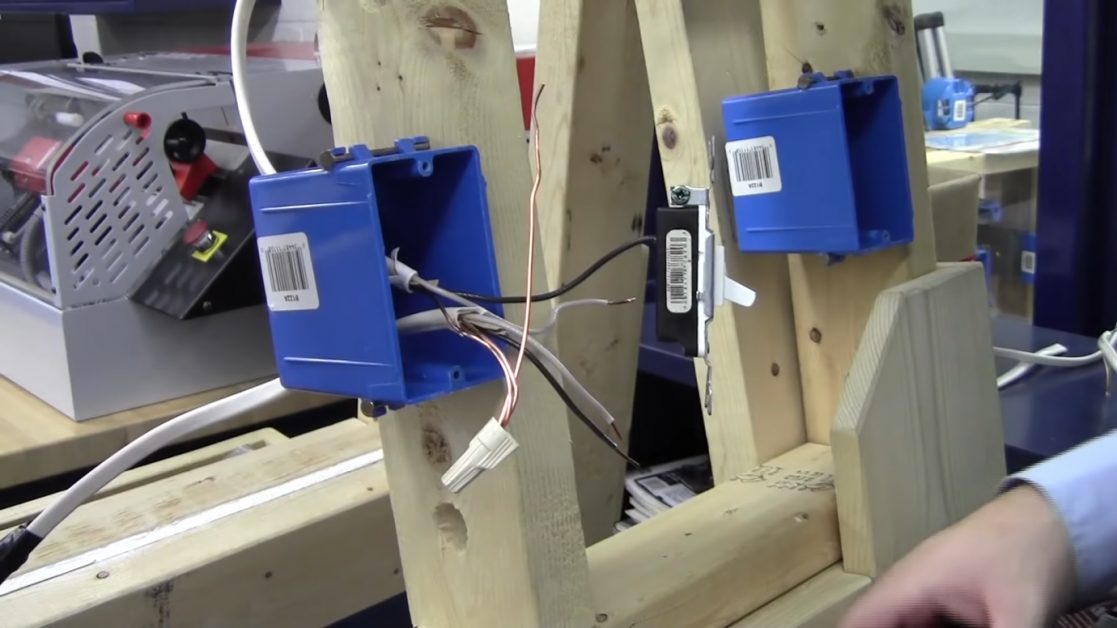
Quick Summary: To connect ground wires, identify the green wires from the switch box and the green (ground) wires from the new switch or receptacle you want to install. Note that once the white and black wires are connected properly, you will be left with two ground wires. There will also be a grounding screw on the electrical box – often green. Hold the two wires together and pigtail the standalone piece of copper wire into the two ground wires. Now connect the other end of the pigtail to the electrical box. You can use a green wire nut to distinguish the ground connection from the neutral and hot wires.
Maybe you want to have a ground connection in your switch and there are no ground wires at all. Well, what do you do? It is not recommended to omit ground wires in a switch connection since this can cause shocks and damage to your different appliances. So, if you cannot spot the ground wires, look for the metal screw (often green) which is the bare ground.
Before you Start
It is very important to ground your switch.
What is the purpose of grounding? Grounding is required to provide an alternative route for the excess electric charges. If there is no grounding the electric charges will get attracted to the conductive surfaces such as metals, causing an electrical shock. It is therefore imperative to ground your lighting or any other fixture.
Voltage Testing
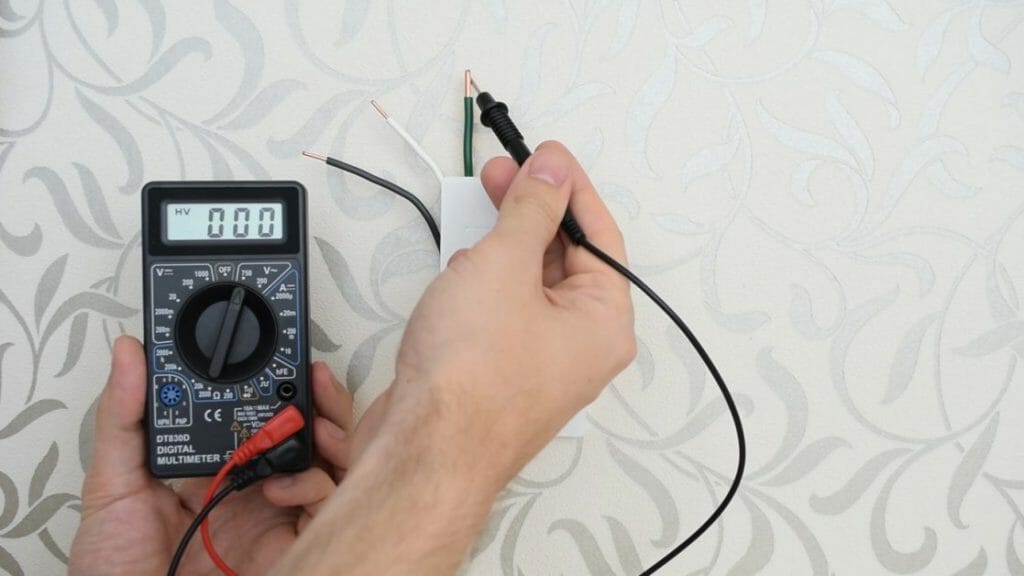
Use voltage testing to identify the ground wires in your switch box if you are not sure which wire is the ground.
Set your multimeter to the highest voltage and connect the black probe to the green wire or a grounding surface. Take the red probe and attach it to the terminal of the white wire, and then to the terminal of the black wire. A neutral wire will not show a voltage reading while the hot wire will have a voltage reading. Then you have identified the neutral, hot, and ground wires. You are ready to connect the ground wires.
Opening the Cover
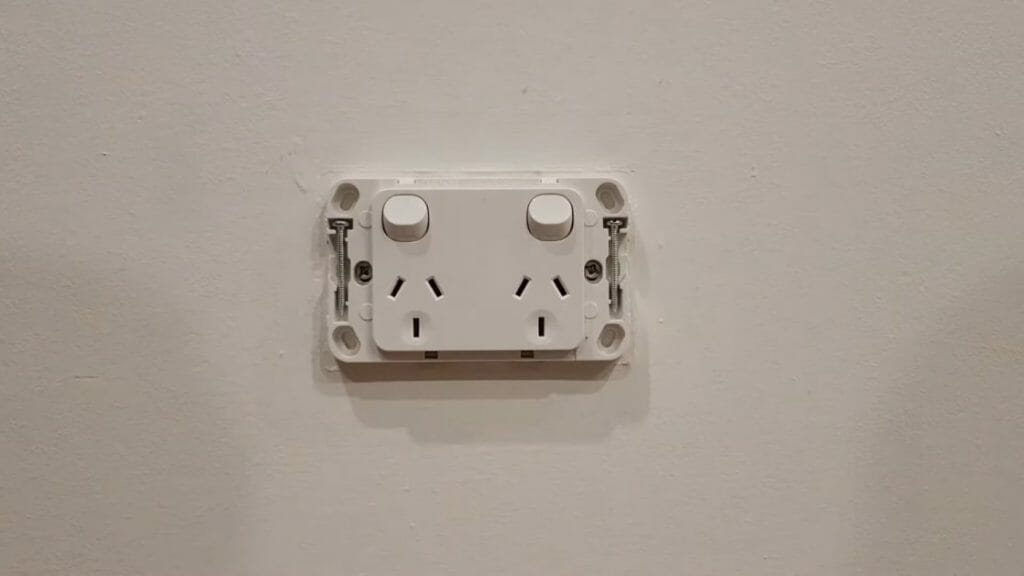
You need to carefully open the switch box cover before you connect the ground wires. Proceed as follows to correctly open the cover:
- Use a screwdriver to open the screws that reinforce the switch box cover. Turn the screws counter-clockwise.
- Go ahead and unscrew the mounting screws on the switch and remove the cover.
- You may use a flat-head screwdriver to remove the screws that attach the switch box to the wall.
- Follow the same procedure to remove the cover of the new switch.
Wire Work
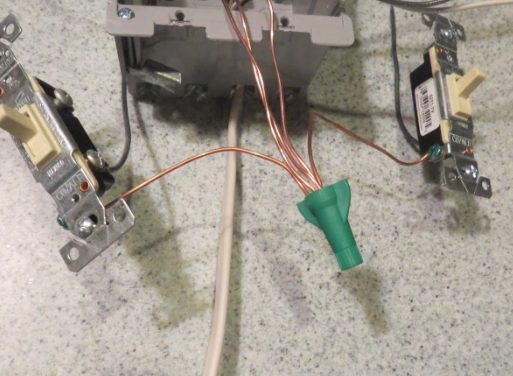
Once you have verified the ground, neutral, and the hot wires, go ahead and connect them correctly as follows:
- Connect the green wire on the new switch to that on the electrical box on the wall.
- Pigtail the standalone piece of copper wire to the two ground wires, and encase the pigtail in a green nut to distinguish them.
- Next, connect the other end of the pigtail to the electrical box. (1)
- Link the black and the white wires on the new switch to their respective counterparts on the electrical box.
Testing
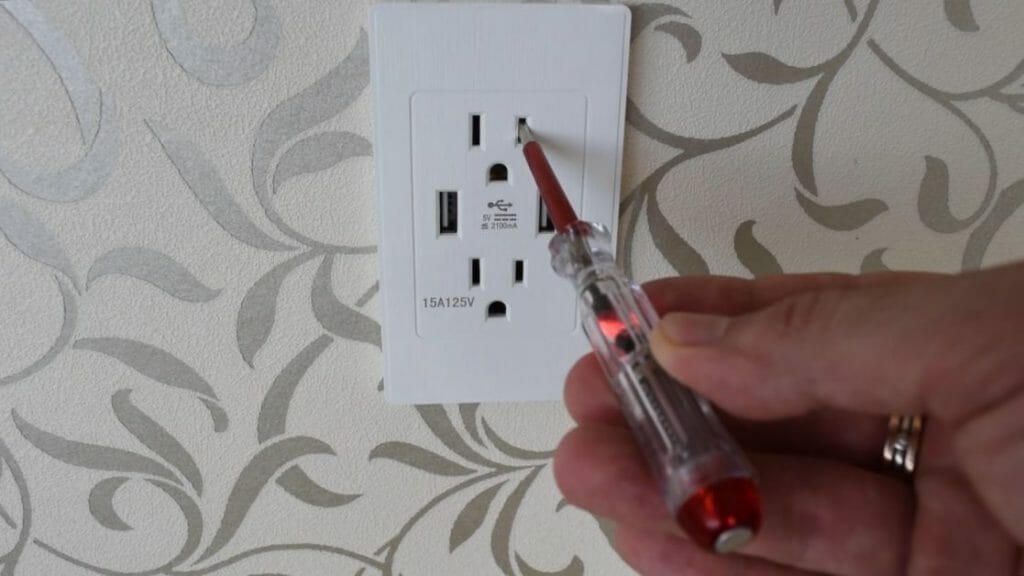
To check if the grounding connection is achieved, plug a tester into the receptacles of the switch. The tester will help you to identify “open ground” conditions. The tester will light up if the ground connection is good. If the plug-in tester does not light up, the ground connection is improperly done.
Now you can test the switch to check if it is properly connected. Flip the switch button to see if the lights light up. If the lights light up firmly, all the wires are connected well.
Take a look at some of our related articles below.
- What to do with ground wire if no ground
- How to wire speakers with 4 terminals
- What happens if ground wire is not connected
References
(1) pigtail – https://www.lorealparisusa.com/beauty-magazine/hair-style/braid-hairstyles/how-to-make-pigtails-look-chic
Video Reference
